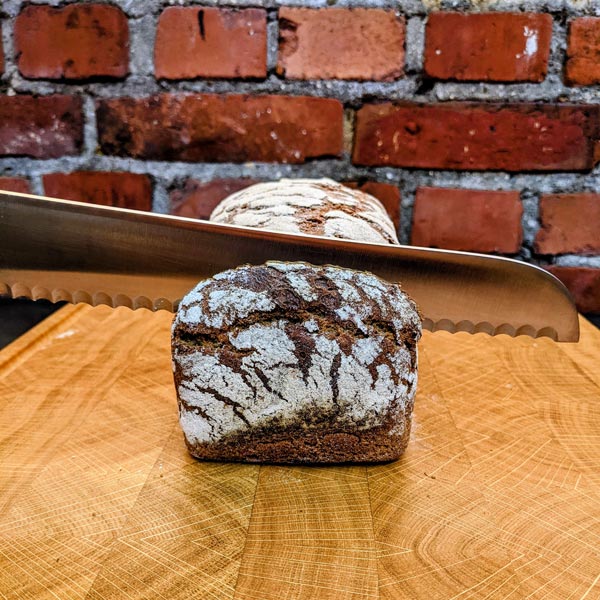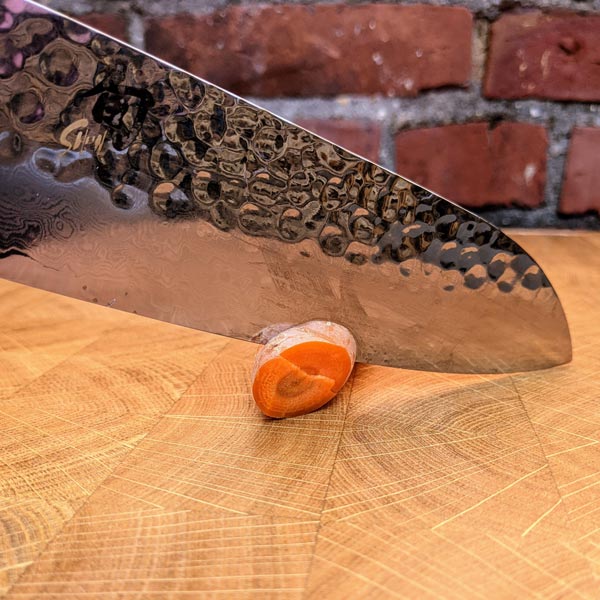5 Professional Tips for Knife Care
“Always remember: The knife is never to blame!”
This quote comes from none other than Daniel Boulud, a French Michelin-starred chef who owns several award-winning restaurants in international metropolises. His most famous is his eponymous restaurant “Daniel” in New York City, which has been awarded two Michelin stars.
We at Butch agree with Maître Boulud in a more moderate form: In most cases, it is indeed not the knife's fault, but rather improper handling or insufficient care. So that you don't have to be frustrated with your knives, we have summarized five important tips for you here – for the proper use and professional care of your kitchen knives:
1) Choose the right knife for the task
You can cut with any knife. Sure. That's what knives are for, after all. However, the individual blade shape and length of different knives are tailored to specific cutting tasks. For example, meat or filleting knives have a comparatively narrow blade, which, in physical terms, reduces friction. That's why it's easier to fillet and portion meat or fish cleanly with these knives.
If you choose a "wrong" or unsuitable knife for certain cutting tasks, you might even damage the knife in the worst case. The best examples of this are chopping with a chef's knife or cutting bread with a ham knife. In these tasks, the blades are so heavily stressed that the sharpness quickly diminishes and the edge can even be damaged.

2) Cut with the knife
"Well, what else" is what you think at first when you read this sentence. Anyone who has completed culinary training in the kitchen is surely familiar with the same instruction: "Cut, don't press!"
Because cutting doesn't mean placing the knife on the food and simply pressing down. Cutting means making a horizontal forward or backward motion, or a slightly slanted motion when using a rocking cut.
For example, when you cut bread, you automatically perform the correct cutting motion. Back and forth. That's it!






